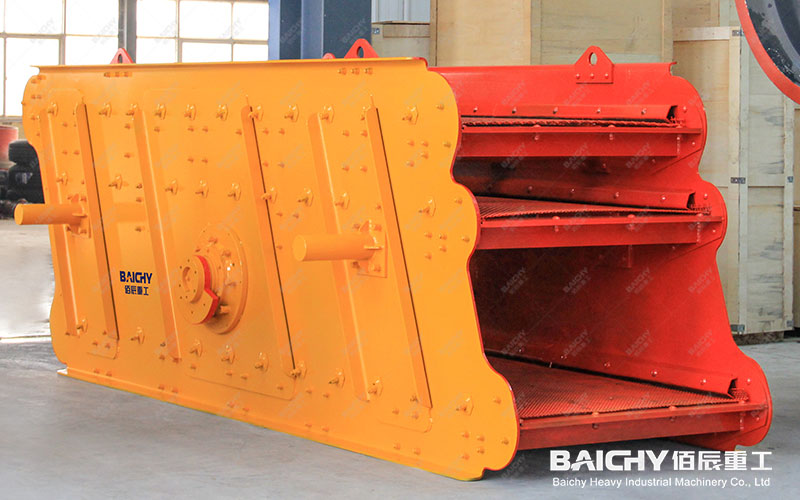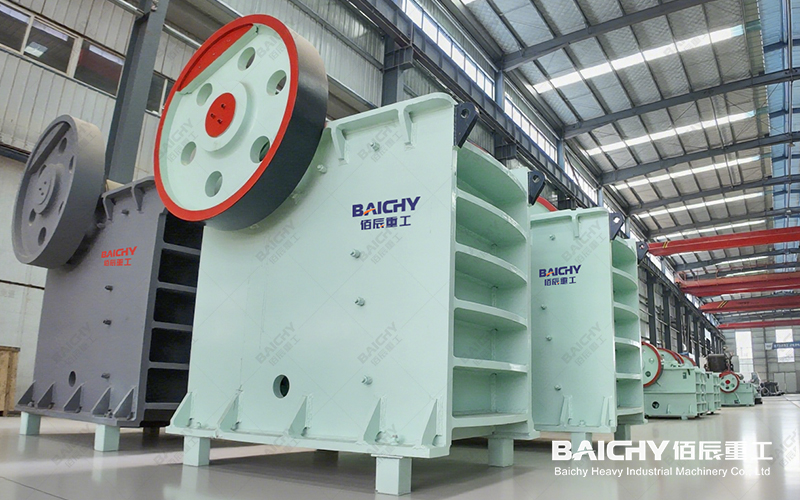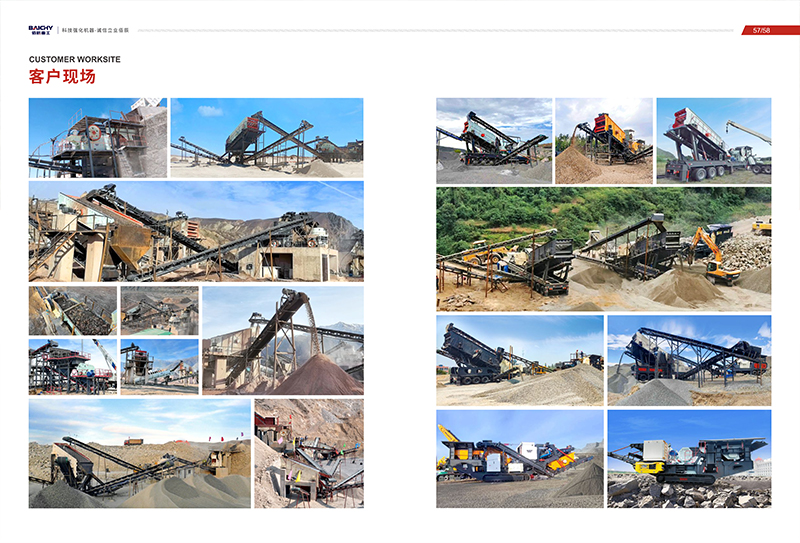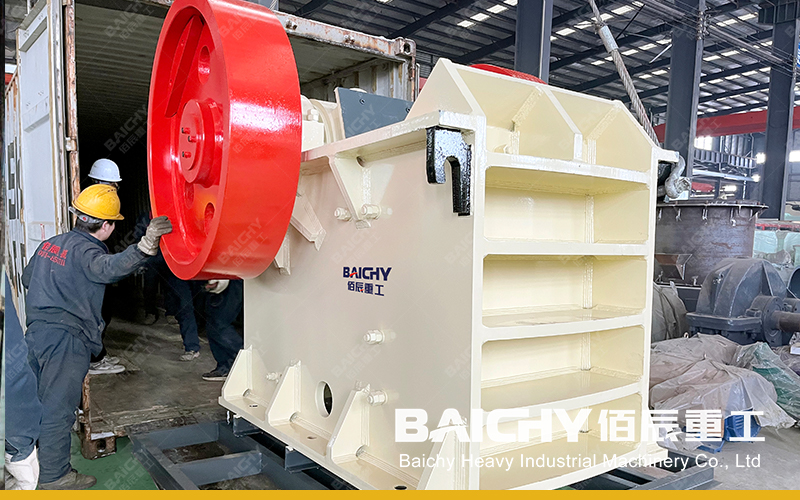
As a core piece of industrial screening equipment, the YK vibrating screen is widely used across multiple industries for its high efficiency and stability. However, when choosing screening equipment, many users are often confused about what materials the YK vibrating screen is suitable for. This article will analyze the YK vibrating screen's applicable range based on material characteristics and provide practical selection recommendations.
1. Core Features of the YK Vibrating Screen
Powered by a ring-shaped vibrating motor, the YK vibrating screen offers high screening accuracy, high throughput, and a durable structure. Its multi-layered screen design enables simultaneous multi-level grading, meeting the refined screening needs of various industries.
2. Detailed Explanation of Applicable Material Categories
1. Ores and Metal Raw Materials
• Typical Materials: Iron Ore, Copper Ore, Coal, Quartz Sand, etc.
• Screening Requirements: Crushed ore often needs to be graded by particle size. The YK vibrating screen's high vibration frequency effectively prevents sticky ore from clogging the mesh.
2. Building Materials
• Typical Materials: Sand and Gravel, Cement, Gypsum Powder, Refractory Materials, etc.
• Advantages: Multi-layer screens can separate coarse, medium, and fine particles simultaneously, improving the uniformity of building materials production.
3. Chemical Raw Materials
• Typical Materials: Plastic granules, fertilizers, pigments, paint powders, etc.
• Notes: For corrosive materials, a stainless steel screen box should be used to prevent corrosion.
4. Grain and Agricultural Products
• Typical Materials: Wheat, corn, soybeans, salt, etc.
• Special Design: A sealed cover can be installed to prevent dust, meeting food industry hygiene standards.
5. Renewable Resources
• Typical Materials: Waste plastics, metal scraps, construction waste, etc.
• Application: Separating impurities and classifying particle sizes in resource recycling.
III. Selection Considerations
1. Material Properties Determine Screen Configuration
• Sticky and wet materials require a bouncing ball screen cleaning device;
• High-temperature materials require a heat-resistant screen and special bearing design.
2. Capacity and Particle Size Requirements
• For larger processing volumes, a multi-layer screen is recommended.
• For finer screening (e.g., above 200 mesh), the screen area must be increased or the screening path length must be extended.
3. Special Environment Compatibility
• Explosion-proof environments require explosion-proof motors.
• Rust-proof treatment is required for outdoor use.
IV. Case Study References
• An iron ore mining company: Using the YK2460 vibrating screen to process crushed iron ore, the screen efficiency reached 98%, increasing production capacity by 30%.
• A chemical plant: Using the stainless steel YK1848 vibrating screen to screen PVC granules, achieving pollution-free classification.
YK vibrating screens are suitable for a wide range of materials. The key is to select the right model based on the material's characteristics (moisture content, particle size, corrosiveness, etc.). Proper configuration not only improves screening efficiency but also extends equipment life. For a specific solution, please contact our professional team for a customized solution!











